If you fund it, the salmon will come
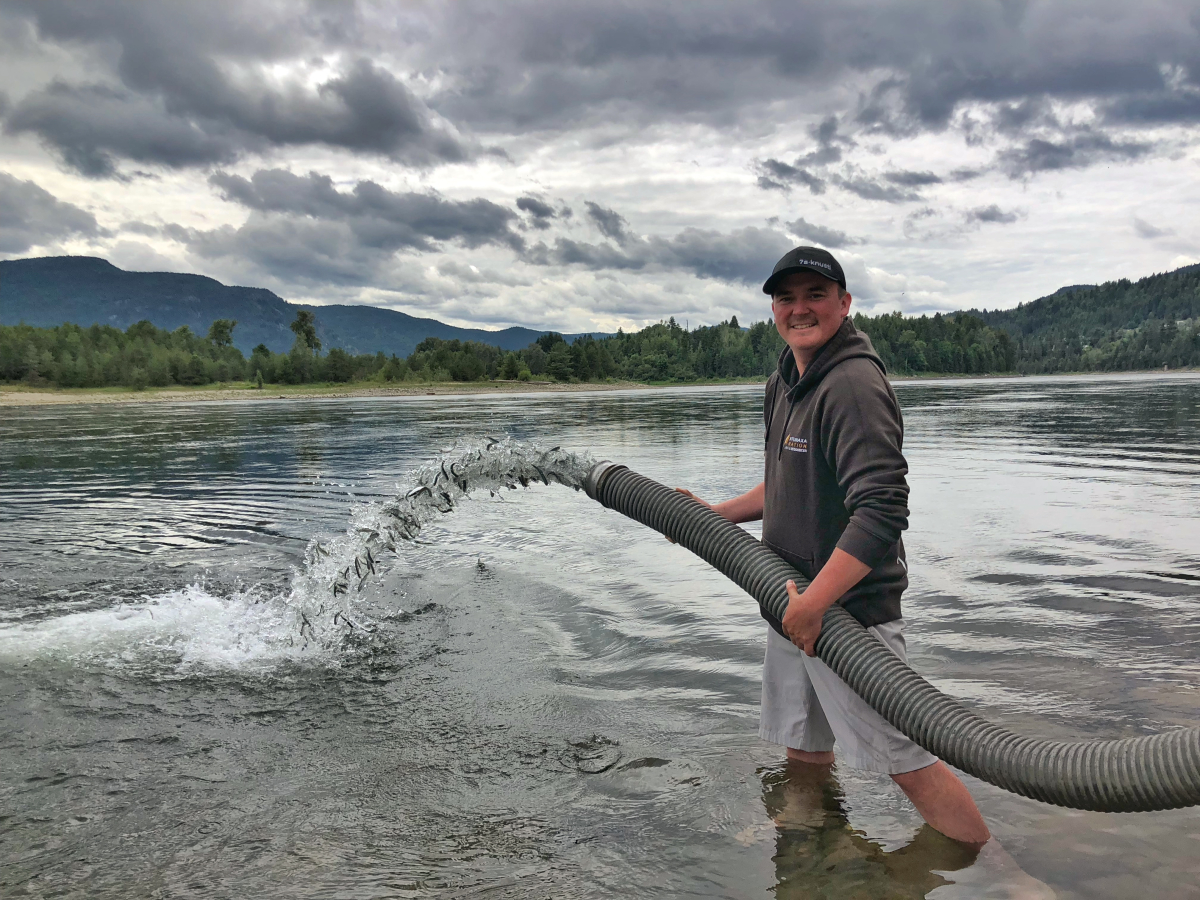
The Columbia River was once the source of the greatest salmon runs in the world. Millions of lifegiving sockeye and giant chinook swam upriver to spawn each year.
The Columbia’s headwaters are in British Columbia. The upper 40 per cent of the river winds through the province before entering the U.S. in Washington State and emptying into the Pacific in Oregon. It’s epic 2,000-kilometre journey.
But massive dams, beginning with Grand Coulee in Washington, have blocked salmon from returning to the Canadian headwaters of the Columbia River for almost a century. In the 1960s, under the Columbia River Treaty, more dams were built without consultation with Indigenous Nations on our unceded territories in B.C.
The dams and the hydroelectric power they created lit up the west and made governments and utility companies rich on both sides of the border. But the ongoing losses to Indigenous nations, Tribes, and the transboundary ecosystem are immense.
After years of negotiation to modernize the Columbia River Treaty, an agreement-in-principle was announced last month. The Syilx Okanagan, Secwépemc and Ktunaxa asserted our rights to be at the negotiating table this time. Canada and the U.S. have agreed to incorporate new provisions, including to support salmon restoration and ecosystem health.
Yet recognition of the transboundary One River approach, including more consistent flows for salmon, rings hollow without continued investment in salmon reintroduction by Canada and B.C.
The Columbia River Salmon Reintroduction Initiative (CRSRI), established in 2019, continues the longstanding collaborative work of the Syilx Okanagan, Secwépemc and Ktunaxa Nations to bring salmon back to the upper Columbia.
Though our peoples have been divided by colonial boundaries, the salmon know no borders.
This is a continuation of our work through the decades, along with U.S. tribes, in a One River cultural process to return the salmon.
It is our sacred responsibility.
Every year since the salmon stopped returning, we’ve gathered on the banks of the Columbia in ceremonies to call the salmon home.
Our work combines Indigenous knowledge with western science and a strong cultural foundation. The CRSRI stands as a model of success for Indigenous-led ecosystem stewardship.
We have the track record and the technology is available to deliver fish passage both down and upriver. Through our combined efforts, salmon are swimming today in the upper Columbia system in Canada.
The fish are coming home.
In July 2024, over 756,000 adult sockeye salmon were recorded in the biggest return to the Columbia River in recent years. Some three-quarters of all sockeye entering the Columbia originate from the Syilx Okanagan Nation’s conservation fisheries program.
The largest run in the whole system.
In another historic achievement, tagged salmon fry from the Okanagan hatchery that were released in the upper Columbia River in Canada in 2019 made it downriver through the gauntlet of dams, matured in the ocean, and several were detected returning as adults into the Columbia in July 2023.
These are phenomenal outcomes. Compelling proof that we can bring the salmon back.
Yet, government funding for the initiative’s work runs out in March.
It will take more than project funding that lasts just the single life cycle of a salmon. This is generational work that requires sustained funding for decades to come.
The rewards will be great.
The U.S. government recently committed to contribute over $1.2 Billion over the next 20 years to Tribal-led salmon reintroduction on the American side of the Columbia River.
Salmon reintroduction on this transboundary river can’t be accomplished by one country alone. It’s time for the governments of B.C. and Canada to step up with substantial contributions to support our initiative’s long-term efforts.
We must do equal work in parallel on our end of the river, not decades after the U.S. does its part.
We are all already invested in — and need to build on — partnership with the U.S. tribes and governments, including through the Columbia River Treaty, to ensure successful salmon reintroduction, flow management and fish passage.
We call on B.C. and Canada to provide the CRSRI with the sustaining core funding required to support Indigenous-led reintroduction work that will ensure adequate salmon stocks return to the Canadian portion of the Columbia River system.
We propose a phased-funding commitment for a minimum of 20 years, to maintain work in complement with U.S. tribal-led salmon reintroduction programs.
This investment will provide improved food security, as well as social, cultural and economic benefits for everyone.
It benefits the entire Pacific salmon ecosystem, fisheries and communities.
Bringing the Salmon Home: The Columbia River Salmon Reintroduction Initiative is the Indigenous-led collaboration of the Syilx Okanagan, Secwépemc, and Ktunaxa Nations, with Canada and British Columbia. The long-term vision is to return salmon stocks for Indigenous food, social and ceremonial needs, and to benefit the region’s residents and ecosystem as a whole.
Mark Thomas, Shuswap Band Councillor, Secwépemc Nation, is chair of the Bringing the Salmon Home Executive Working Group. Lower Similkameen Indian Band, kalʔlùpaɋʹn, Keith Crow, Syilx is chief of the Okanagan Nation. Jason Andrew is director of the Economic & Investment Sector for the Ktunaxa Nation Council, are members of the Bringing the Salmon Home Executive Working Group.


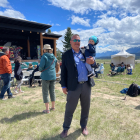
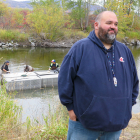
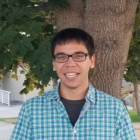
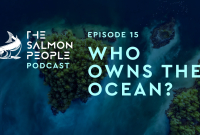
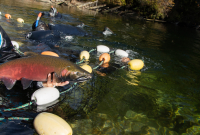
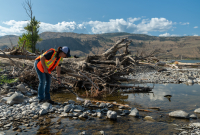
Comments